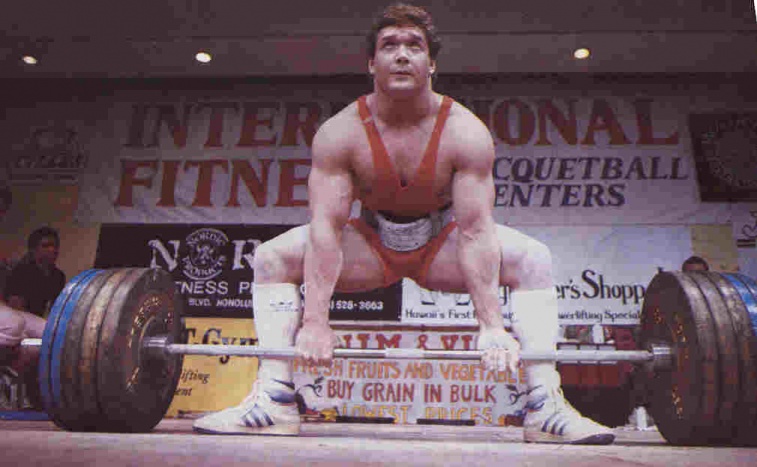Thoracic mobility refers to the range of motion in the thoracic spine, the middle portion of the spine extending from the base of the neck to the lower back. This area is pivotal for various movements, including rotation, extension, and flexion, and plays a critical role in overall posture and functional movement. Thoracic mobility is highly important in powerlifting for lifts such as the bench press.
A lack of thoracic mobility can lead to compensations in other areas of the body, such as the lower back, shoulders, and neck, potentially resulting in pain or injuries. Improving thoracic mobility can enhance athletic performance, alleviate discomfort, and contribute to better overall movement patterns.
Why Thoracic Mobility Matters
- Postural Health: Poor thoracic mobility is often linked to rounded shoulders and a forward head posture, especially in those who spend extended hours sitting.
- Functional Movement: The thoracic spine is involved in many daily movements, from reaching overhead to turning the body.
- Injury Prevention: Limited mobility in this area can cause the lumbar spine or shoulders to overcompensate, leading to strain or injury.
- Athletic Performance: Sports like golf, tennis, or swimming, and of course powerlifting, heavily depend on thoracic rotation and extension. Enhanced mobility in this region can improve performance and efficiency.
Causes of Limited Thoracic Mobility
Several factors contribute to reduced thoracic mobility:
- Sedentary Lifestyle: Prolonged sitting or slouching can stiffen the thoracic spine.
- Weak Musculature: Weakness in the muscles surrounding the thoracic spine can contribute to poor support and mobility.
- Poor Habits: Repetitive movements or sustained postures that limit spinal movement can lead to tightness and restriction.
- Aging: With age, the spine can lose flexibility, making mobility exercises even more critical.
Assessing Thoracic Mobility
Before diving into exercises, it’s helpful to assess your thoracic mobility. One common method is the Seated Rotation Test:
- Sit on a chair with feet flat and thighs parallel to the floor.
- Cross your arms over your chest.
- Rotate your torso to one side as far as possible without moving your lower body.
- Note any restrictions or discomfort and compare the range on both sides.
Exercises to Improve Thoracic Mobility
1. Thoracic Cat-Cow Stretch
- How to Do It: Start in a quadruped position (on hands and knees). Arch your back upward while tucking your chin (cat pose), then drop your chest and lift your head (cow pose).
- Benefits: Promotes spinal flexion and extension.
2. Thread the Needle
- How to Do It: In a quadruped position, slide one arm underneath your body, reaching as far as possible. Hold briefly, then return and repeat on the other side.
- Benefits: Enhances thoracic rotation.
3. Open Books
- How to Do It: Lie on your side with knees bent at 90 degrees. Place your hands together in front of you, then rotate the top arm backward, opening your chest. Follow the movement with your eyes.
- Benefits: Improves thoracic rotation and stretches the chest and shoulders.
4. Wall Angels
- How to Do It: Stand with your back against a wall, arms bent in a “goalpost” position. Slowly raise your arms overhead, then return to the starting position.
- Benefits: Strengthens postural muscles and encourages thoracic extension.
5. Foam Rolling for the Thoracic Spine
- How to Do It: Lie on a foam roller placed perpendicular to your upper back. Slowly roll up and down, pausing on tight spots.
- Benefits: Relieves tension and promotes spinal extension.
6. Child’s Pose with Side Reach
- How to Do It: From a child’s pose position, reach one arm across your body to the opposite side while keeping the hips back. Hold and repeat on the other side.
- Benefits: Targets lateral thoracic mobility and stretches the lats.
Tips for Incorporating Thoracic Mobility Work
- Consistency is Key: Perform these exercises regularly, ideally 3-4 times a week before or after your training sessions.
- Warm Up First: Engage in light cardio or dynamic stretches to prepare your body for mobility work.
- Combine Strength and Mobility: Strengthening exercises for the surrounding muscles, such as the back and shoulders, complement mobility improvements.
- Monitor Progress: Reassess your range of motion periodically to track improvements.
Conclusion
Thoracic mobility is essential for healthy movement, posture, injury prevention, and powerlifting performance and longevity. Whether you’re an athlete looking to enhance performance or someone seeking relief from discomfort, regular mobility exercises can yield significant benefits. By incorporating targeted stretches and movements into your routine, you can unlock greater freedom of motion and support your overall well-being.


